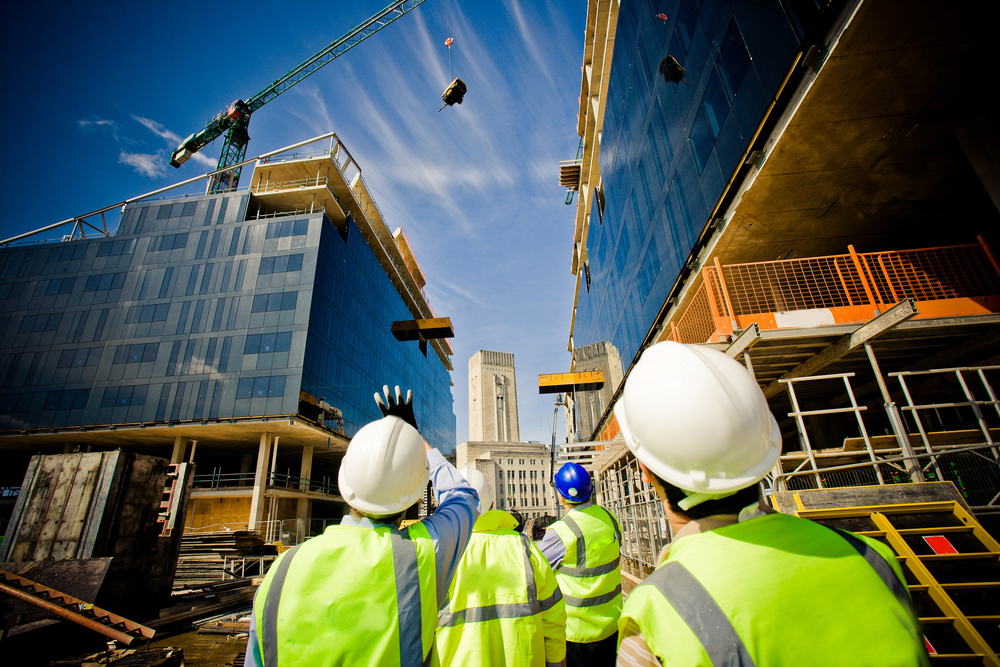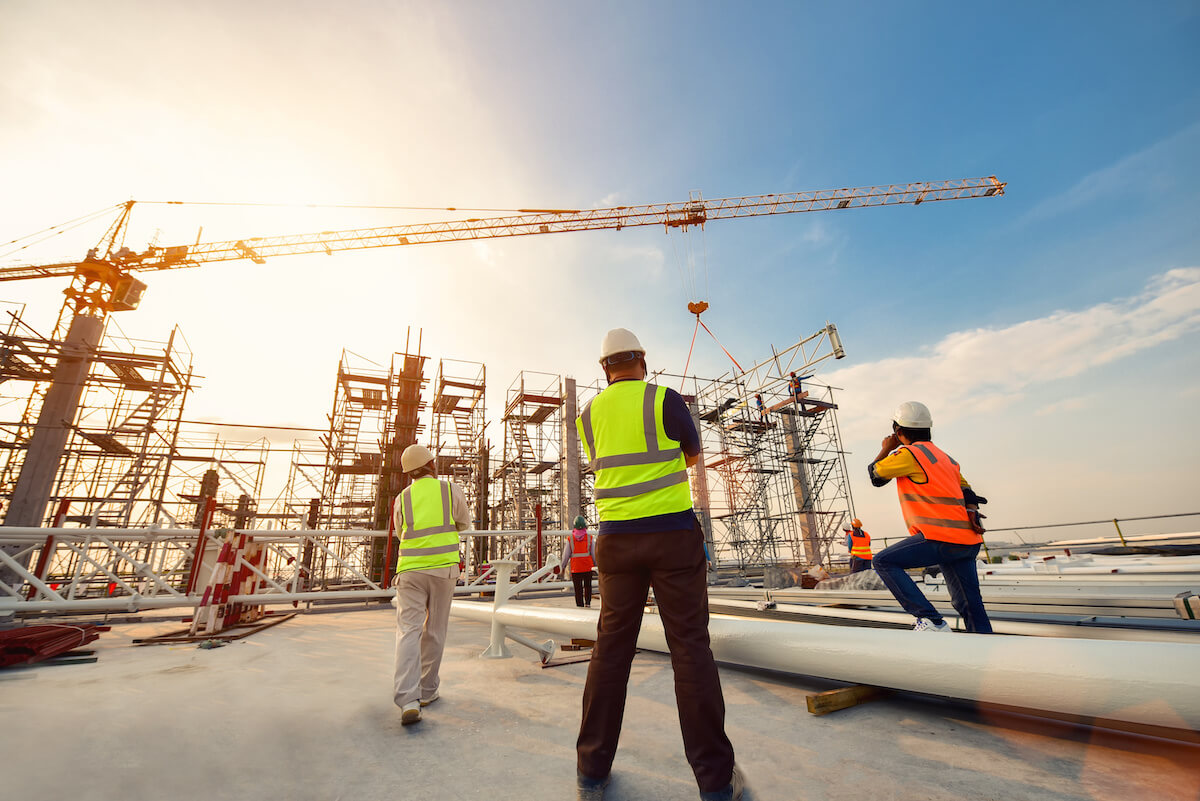In today’s world, where environmental concerns are becoming increasingly significant, the construction industry is taking proactive steps to integrate eco-friendly practices. Sustainable construction not only minimizes the environmental impact but also offers long-term economic benefits. This blog post explores essential sustainable techniques that are reshaping the construction landscape.
Why Eco-Friendly Construction Matters
Reducing Environmental Impact
Traditional construction methods often lead to significant environmental degradation. From deforestation to the emission of greenhouse gases, the industry’s footprint can be substantial. By adopting sustainable techniques, we can reduce waste, conserve natural resources, and lower carbon emissions.
Economic Benefits
Sustainable construction isn’t just about saving the planet. It also makes economic sense. Eco-friendly buildings often have lower operating costs due to energy efficiency and reduced water usage. Additionally, they can increase property value and attract eco-conscious tenants or buyers.
Health and Well-being
Buildings constructed with sustainable materials and techniques provide healthier environments for occupants. Improved air quality, natural lighting, and non-toxic materials contribute to better health and well-being, making these spaces more comfortable and productive.
Essential Sustainable Techniques in Construction
1. Green Building Materials
The choice of materials plays a crucial role in sustainable construction. Opting for eco-friendly materials such as recycled steel, bamboo, and reclaimed wood can significantly reduce the environmental impact. These materials are not only durable but also require less energy to produce.
2. Energy-Efficient Design
Incorporating energy-efficient design elements is a key aspect of sustainable construction. Features like solar panels, green roofs, and high-performance windows help reduce energy consumption. Additionally, passive solar design, which utilizes the sun’s energy for heating and cooling, can further enhance energy efficiency.
3. Water Conservation
Water is a precious resource, and conserving it is vital for sustainable construction. Techniques such as rainwater harvesting, greywater recycling, and low-flow fixtures can help reduce water usage. Implementing these practices not only conserves water but also lowers utility bills.
4. Waste Reduction and Recycling
Construction projects generate a significant amount of waste. Implementing waste reduction and recycling strategies can mitigate this issue. Using prefabricated materials, modular construction, and on-site recycling programs are effective ways to minimize waste.
5. Sustainable Site Selection
Choosing the right location for a construction project is essential for sustainability. Avoiding environmentally sensitive areas and selecting sites with existing infrastructure can reduce the ecological footprint. Additionally, utilizing brownfield sites, which are previously developed lands, promotes urban regeneration.
6. Indoor Environmental Quality
Creating a healthy indoor environment is a crucial aspect of sustainable construction. Using non-toxic paints, adhesives, and finishes can improve indoor air quality. Additionally, incorporating natural lighting, proper ventilation, and moisture control enhances occupant comfort and well-being.
7. Renewable Energy Integration
Integrating renewable energy sources into construction projects is a significant step towards sustainability. Solar, wind, and geothermal energy systems can power buildings while reducing reliance on fossil fuels. These systems not only lower energy costs but also decrease greenhouse gas emissions.
8. Smart Building Technology
Smart building technology is revolutionizing sustainable construction by improving efficiency and reducing environmental impact. Automated systems for lighting, heating, and cooling optimize energy use based on real-time data. Advanced monitoring tracks water usage, waste, and energy consumption, enabling constant optimization. This technology leads to higher efficiency, sustainability, and occupant comfort.
Navigating Construction Law
When implementing sustainable construction techniques, it’s essential to understand the legal landscape. In Utah, construction law can impact various aspects of a project, from zoning regulations to building codes. Familiarizing yourself with these laws ensures compliance and smooth project execution.
Eco-friendly construction is more than just a trend; it’s a necessity for a sustainable future. By adopting these essential techniques, the construction industry can significantly reduce its environmental impact while reaping economic and health benefits.
By implementing these strategies, you not only contribute to a greener planet but also create healthier and more efficient buildings. Start making a difference today by incorporating sustainable practices in your construction projects.
Stay in the loop for upcoming updates and alerts! Essential Tribune








